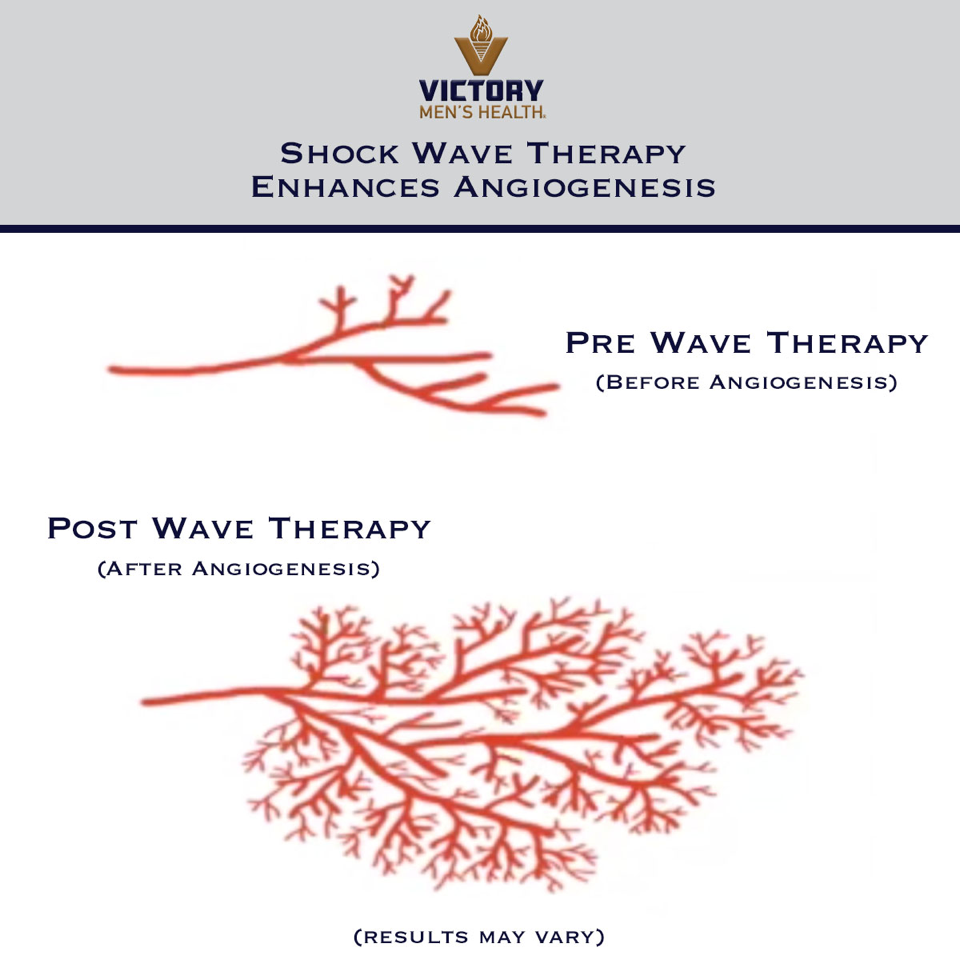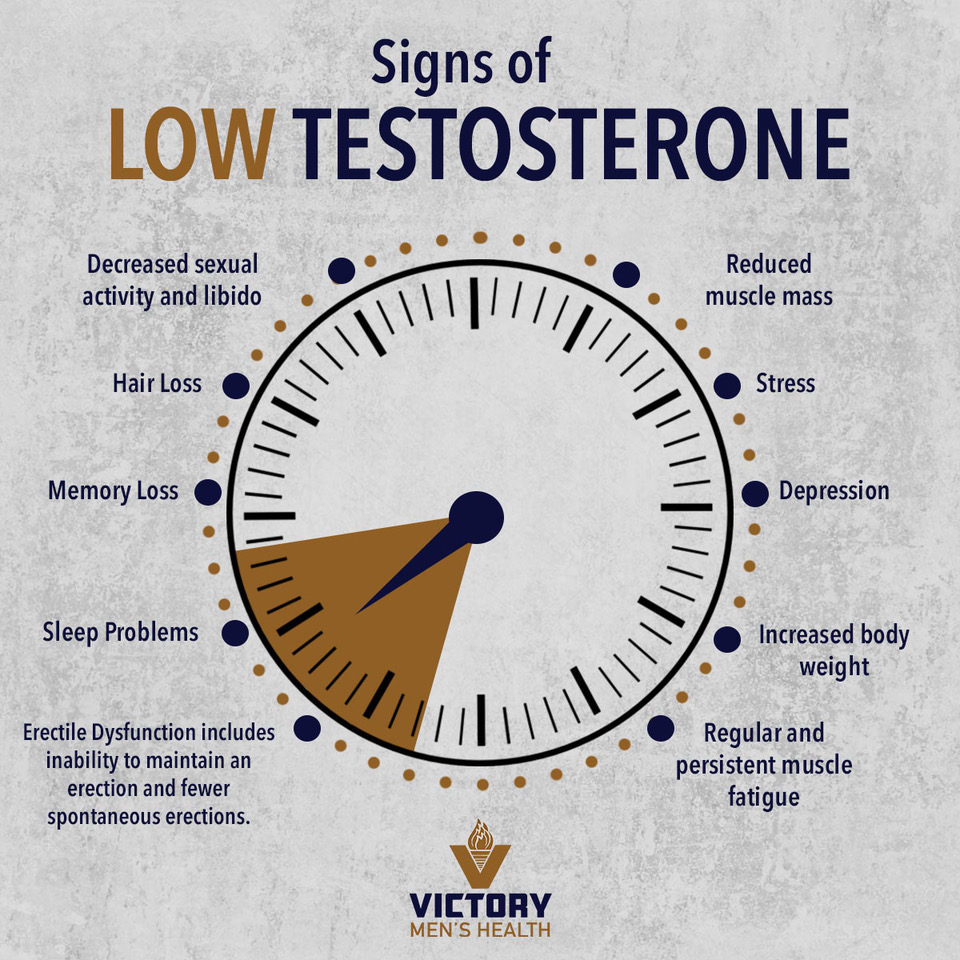Erectile dysfunction is not just about getting or maintaining and erection. Men of all ages deal with lack of sensitivity, short duration, and lack of firmness. Research shows that 70% of men experience ED by the time they are 70 starting as early as 20 years old. All of these common occurrences can be optimized.
Lifestyle changes
These hacks are the low hanging fruit (pun intended) to optimize your erections without a monetary cost.
Exercise– Research shows 40 minutes of moderate to vigorous exercise three times per week is needed for improved erections. The key is to get your heart rate above resting and to break a sweat. Your heart and your hard on both rely on blood flow so it makes sense that they would be linked. The blood vessels in the penis are about 1-2mm, whereas the blood vessels to the heart are 3-4mm. Research shows erectile dysfunction is an early sign of clogged arteries which could lead to heart disease, hypertension, heart attack or stroke down the road. So get your sweat on to improve your health and your erections.
Nutrition– Eat your fruits and veggies. Vegetables rich in nitrate and nitrites can be converted into nitric oxide (NO). NO is the key molecule to get an erection. Foods rich in NO include green leafy vegetables (kale, arugula, spinach), beets, radishes, cabbage. Fruits can provide us with antioxidants that can help protect tissues in the body and lower risks for cardiovascular disease. A healthy diet does not mean you have to lose weight but instead improve the quality of the food you eat. Your erections are what you eat!
Limit Alcohol– A few drinks may get you in the mood but any more than that can be a “Debbie downer” for erections. Alcohol acts as a central nervous system depressant decreasing overall arousal making it difficult to get and maintain an erection.
Evaluate your stress – 75% of Americans report having stress that impacts mental and physical health. Common issues that can lead to ED include performance anxiety, relationships, jobs, and financial burdens. Psychological factors are the most common cause of ED. There are three types of erections: reflexive (due to stimulation), psychogenic (due to visual or mental associations) and nocturnal (hormonal during sleep). A disruption to any of these can cause issues.
Stop smoking– A study at the University of Kentucky, found that when asked to rate their sex lives on a scale of 1 to 10, men who smoked averaged about a 5, while nonsmokers rated theirs a 9. Smoking also leads to restricted blood flow and depletion of NO which makes it harder to maintain erections over time.
Next steps in getting a great erection
Lifestyle factors all in check and looking for ways to optimize further? There are more options now than ever to maximize erections without invasive procedures like implants or injections. Start with these noninvasive options.
Optimize Nitric Oxide. Nitric Oxide (NO) is the chemical that penile nerves release in order to dilate the arteries which in turn increases blood flow to the penis. Simply put, no nitric oxide no erection. The key to getting and maintaining erections revolves around continuous activation of nitric oxide. Starting in your 30’s nitric oxide production begins to decline by 20% every 10 years. Most men over the age of 65 have lost 85% of their ability to make nitric oxide. We often think of erectile dysfunction as an older man’s issue when in fact it can begin effecting men in their 30’s. Factors influencing the decline in natural production of nitric oxide include aging, oxidative stress, lack of exercise, poor nutrition, diabetes and smoking.
PDE5 Inhibitors are medications like Viagra, Cialis and Levitra. These medications work by blocking the body from metabolizing nitric oxide. A reduction in nitric oxide will reduce arterial dilation which in turn reduces blood flow to the penis this is why many men have no problem getting an erection but have trouble maintaining one. Picture this, PDE5 inhibitors act as the offensive line and nitric oxide is the quarterback. If nitric oxide gets sacked, you don’t!
Shock Wave Therapy is a non-invasive procedure that improves the health of the blood vessels. Healthier blood vessels increase blood flow into the penis which improves erectile function. This is a painless, in-office procedure, that creates “micro-trauma” or inflammation in the blood vessels of the penis. Your body responds by bringing growth factors to the area helping to rebuild and create new pathways for increased blood flow.

Erectile dysfunction does not discriminate against age and the earlier interventions are implemented the better. Not dealing with ED yet? Now is your chance to be proactive instead of reactive. All of the above-mentioned therapies can be implemented before erectile dysfunction becomes an issue. For more information or to discuss what options are best for you, contact Victory Men’s Health Medical providers who specialize in Sexual Health.
Source
